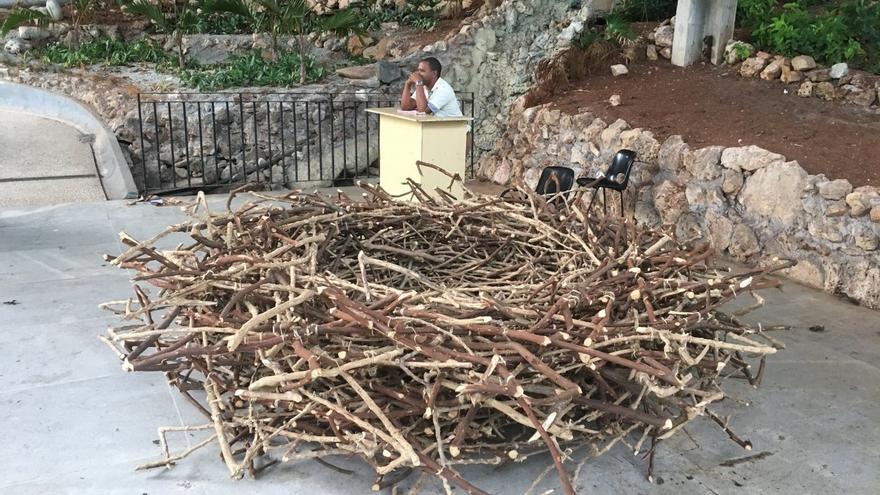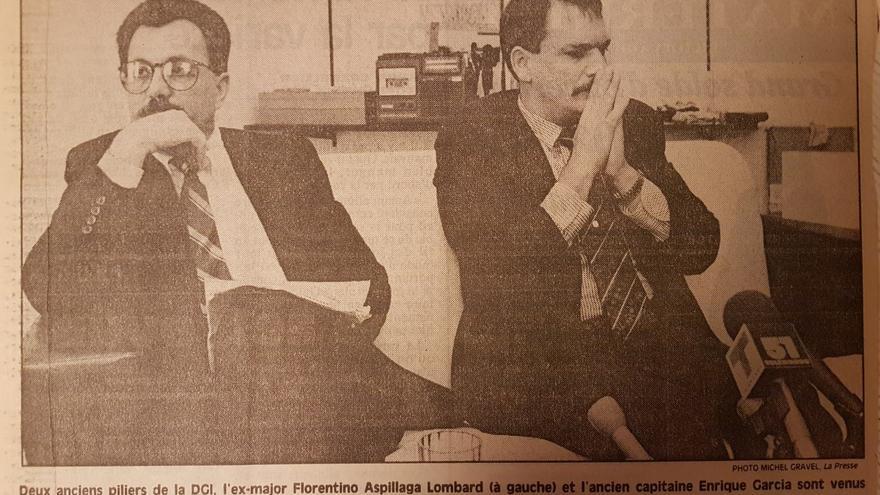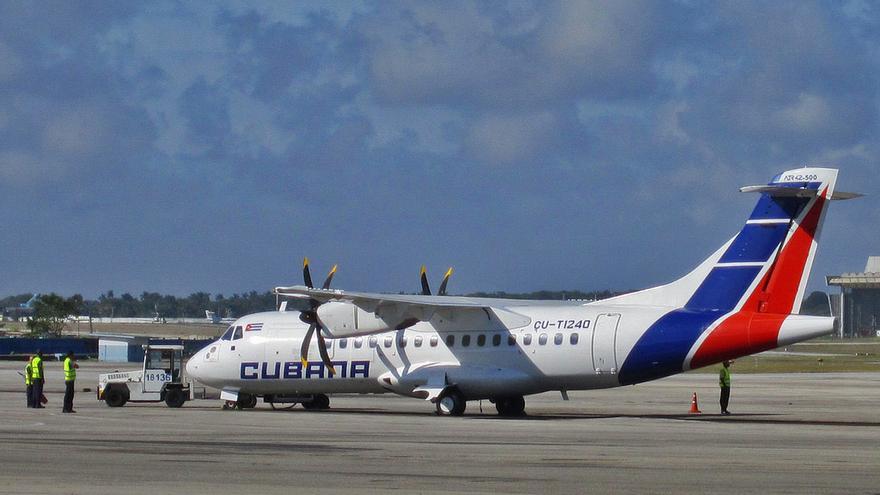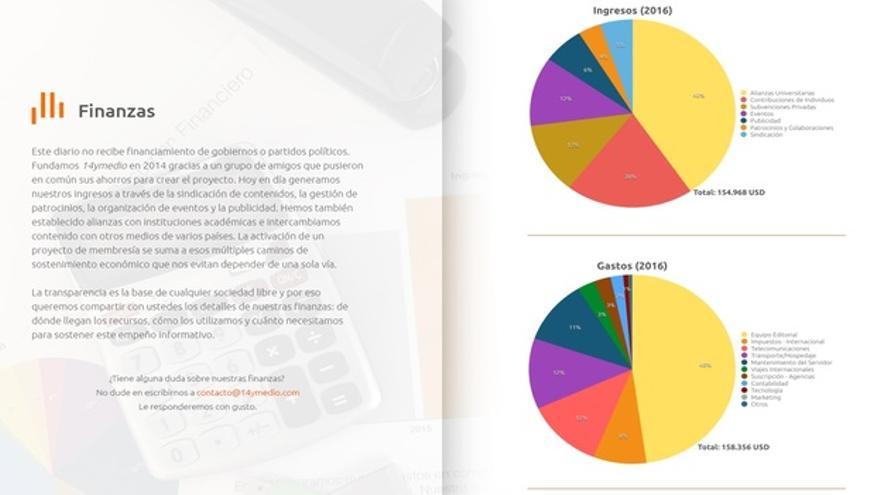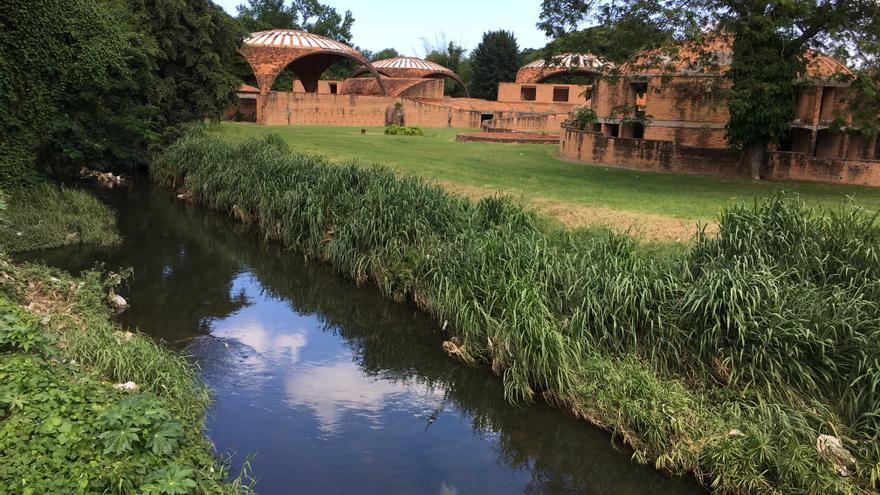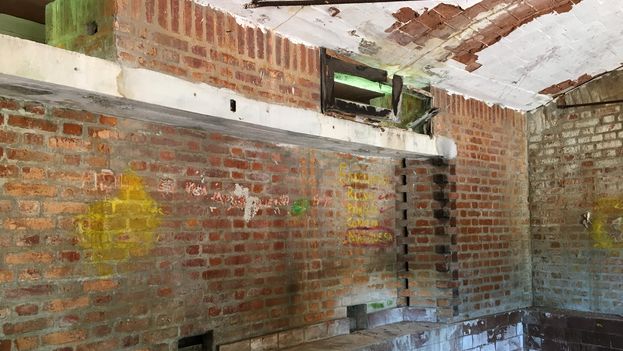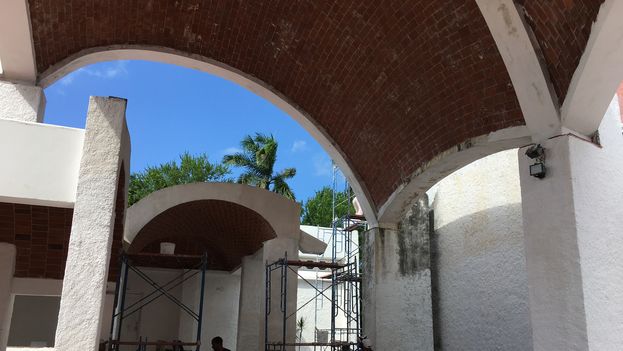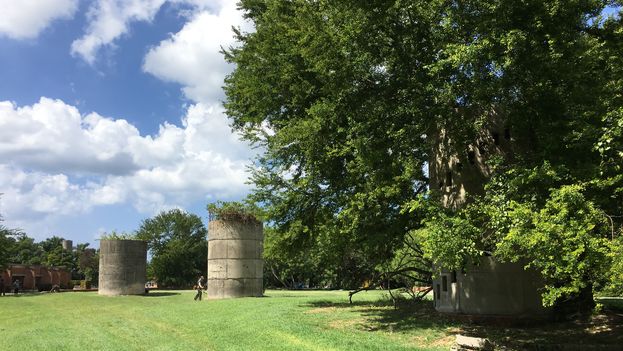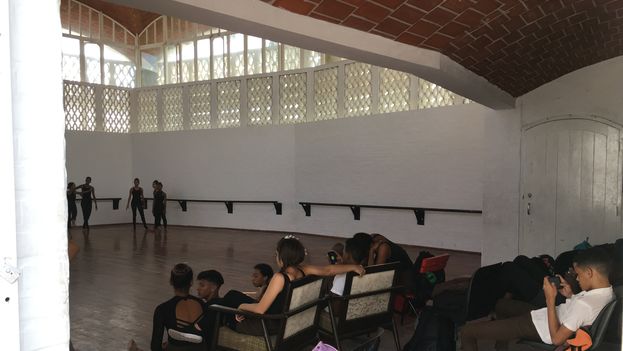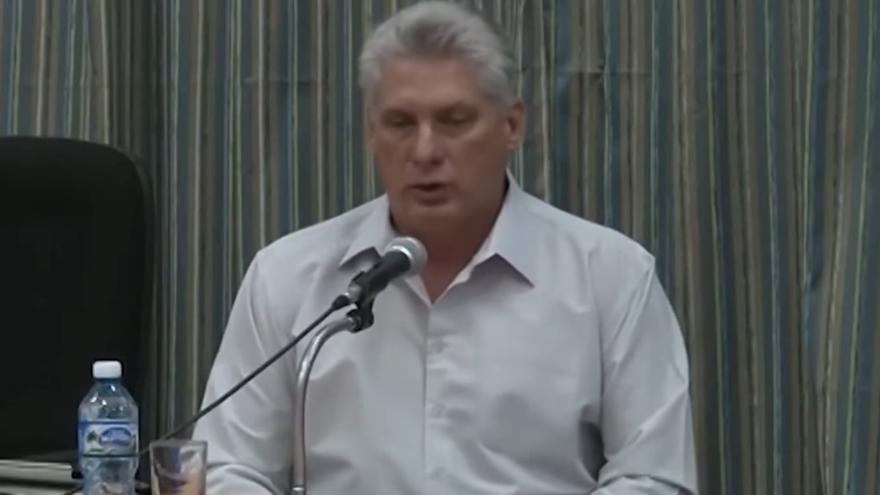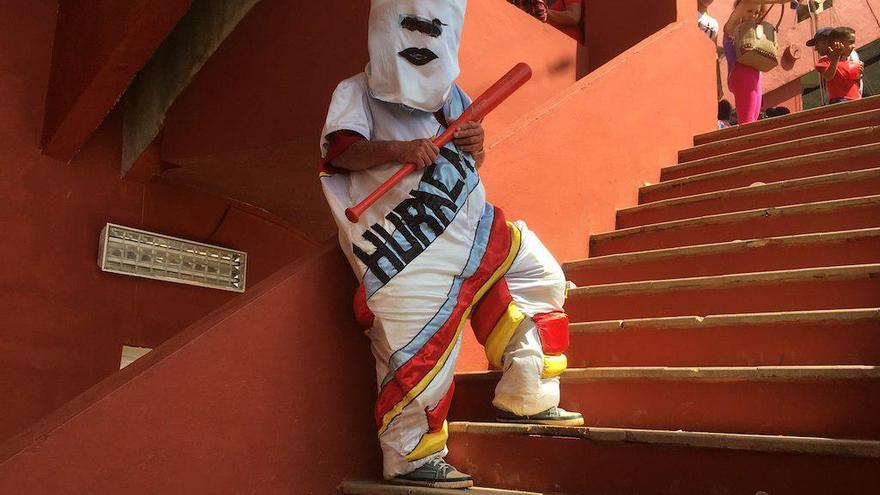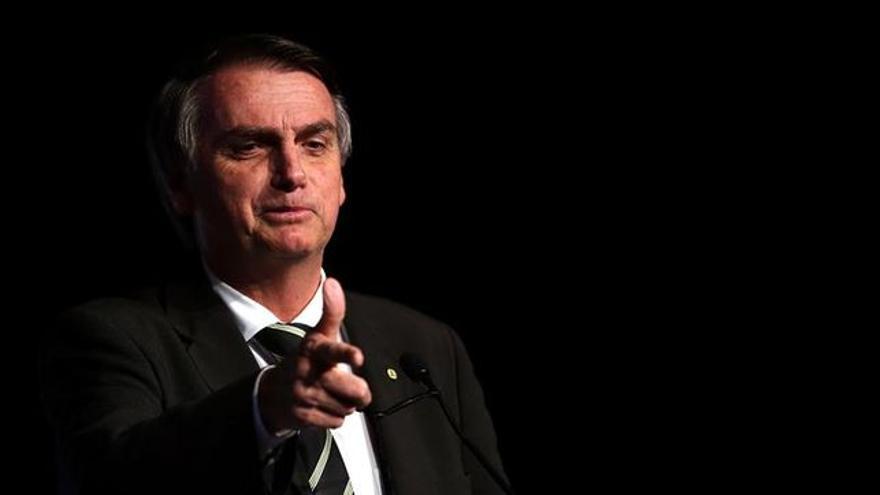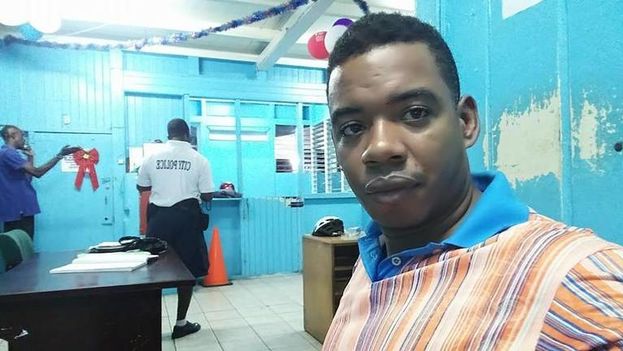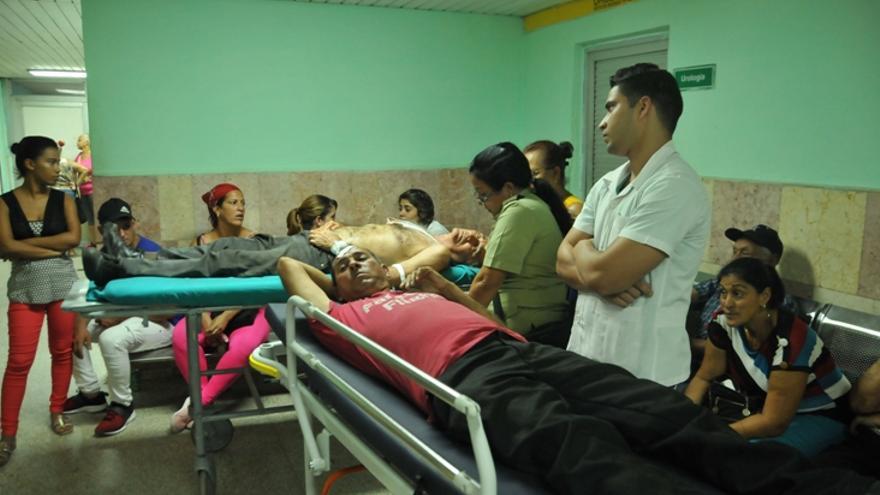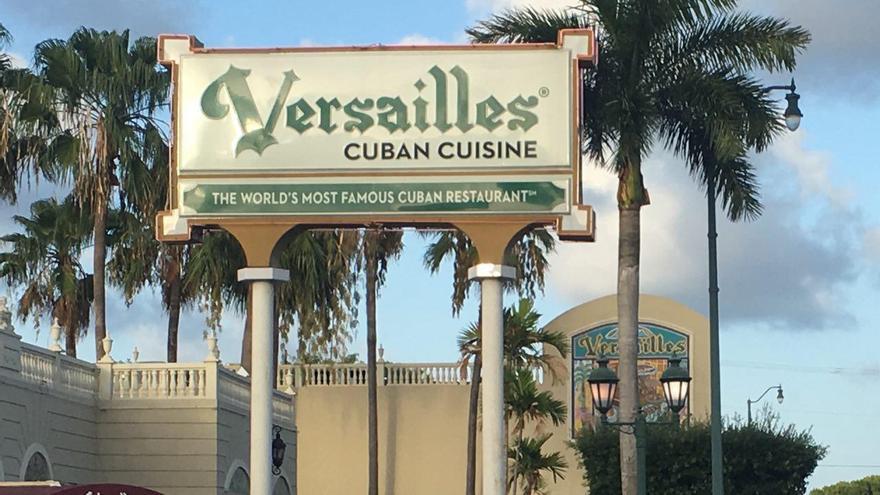
![]() 14ymedio, Luz Escobar, Miami, 8 November 2018 — The Versailles smells of coffee, intense and short like those drunk copiously by some of those who on Tuesday night awaited the election results in Florida. Exiles from five decades ago, young people who mix English with Spanish and newcomers from the island who finished a sip as the results became known, little by little, about the numbers from the ballot boxes.
14ymedio, Luz Escobar, Miami, 8 November 2018 — The Versailles smells of coffee, intense and short like those drunk copiously by some of those who on Tuesday night awaited the election results in Florida. Exiles from five decades ago, young people who mix English with Spanish and newcomers from the island who finished a sip as the results became known, little by little, about the numbers from the ballot boxes.
Autumn does not exist in Miami and on this Tuesday night, sweat ran down the forehead of Julita, a Cuban woman who has been in Florida for two years after entering through the border with Mexico when the wet foot/dry foot policy was still in effect. On the outskirts of the most emblematic Cuban exile restaurant, the woman laughed, danced a few steps and waved a small flag of the island.
The joy of Julita, 68, did not spring from the fact that her favorite candidates had won at the polls, because in reality she does not yet have a US passport and cannot vote in the elections. However, it was the first election she lived in the land of Uncle Sam and it was all a surprise for her, a former militant of the Communist Party who now avoids talking about her past. continue reading
With two naturalized children already in the United States, the Cuban woman has had intense weeks. “I had to tell my family that we were not going to talk about politics at the table because we always ended up fighting,” she says, surprised by the passion that these mid-term elections have unleashed, but at the same time enjoying “the heated discussions that occurred.”
Cuban Americans in Florida experienced a tense environment before legislative elections in which there were several surprises and numerous disappointments. “I voted for María Elvira Salazar because she is very charismatic and she is also Cuban,” says Rodolfo Morejón, another Cuban who was finishing coffee outside of Versailles while waiting for the final tally to be published.
Social networks had boiled over for weeks in a real pitched battle where many friends came to insult each other, lifelong acquaintances were blocked and every demonstration for or against a candidate raised disgust on all sides.
Salazar, a well known figure inside and outside the island due to her long career as a journalist on Florida television, was one of the losers on Tuesday, where the pulse for the 27th district was won by her opponent Donna Shalala, former president of the University of Miami. The victory of the latter can be read in terms of a “de-cubanization of politics” in the city with the most exiles from the island.
Shalala met to celebrate with her supporters at the Woman’s Club of Coral Gables. From there she spoke to her followers who did not take their eyes off a huge screen that was broadcasting the results and shouted euphorically every time there was a victory for the Democratic Party and an area of the map of the United States was colored blue.
“The best one won,” shouted one of her voters assembled in the The Versailles and who was adorned in the blue color of the Democrats and wearing a baseball cap with the flag of the solitary star. “It does not matter if you are Cuban or American, young or old, more charismatic or less charismatic, what matters is that you are a decent and hardworking person,” he added loudly.

Annie Betancourt, a 70-year-old Democrat, was also pleased that Shalala won the seat that Republican Ileana Ros-Lehtinen had vacated. “She conducted a positive campaign based on her knowledge, she is a person with government experience and in the political issues that matter to the voters of the district, such as health and education”, says this Cuban resident of the United States since 1960, who was a state representative in Tallahassee.
The tumult also reached the island, where through illegal satellite dishes many followed the step by step process, more out of curiosity than real interest. In the neighborhood of Centro Habana, María Eugenia and Gerardo, both retired and with children living in Florida, stayed all night glued to the television so as not to miss “the spectacle”.
“We do not understand much, but at least you see that the people care about who will be their representatives and are going to the polls enthusiastically,” says María Eugenia, who after midnight saw the last part through a cable that a neighbor, 200 meters away, rents for 20 dollars a month to enjoy totally American programming.
“Now when my daughter calls me I can comment as if I had been there,” says the retired woman who admits she has not participated in the neighborhood discussions about the new constitution. “No, why, going or not going will not change anything, that’s why it’s so different.”
Hundreds of kilometers away from the banned satellite dish and the retirees who were watching the elections like those who watch a show, the Versailles café loses neither the heat nor the intensity. To the extent that losers and winners are confirmed, it tastes more bitter for some and sweeter for others.
The night is finished off by a young Cuban-American girl who carries in her hand a stamp that says “I Voted”. She mixes her words in Spanish and English and celebrates the importance of going to vote because for her “every voice is important” and “although we do not all think alike, it is good to go out and express what we want with the vote”.
Translated by Wilfredo Díaz Echevarria
______________________
The 14ymedio team is committed to serious journalism that reflects the reality of deep Cuba. Thank you for joining us on this long road. We invite you to continue supporting us, but this time by becoming a member of 14ymedio. Together we can continue to transform journalism in Cuba.

